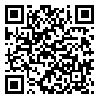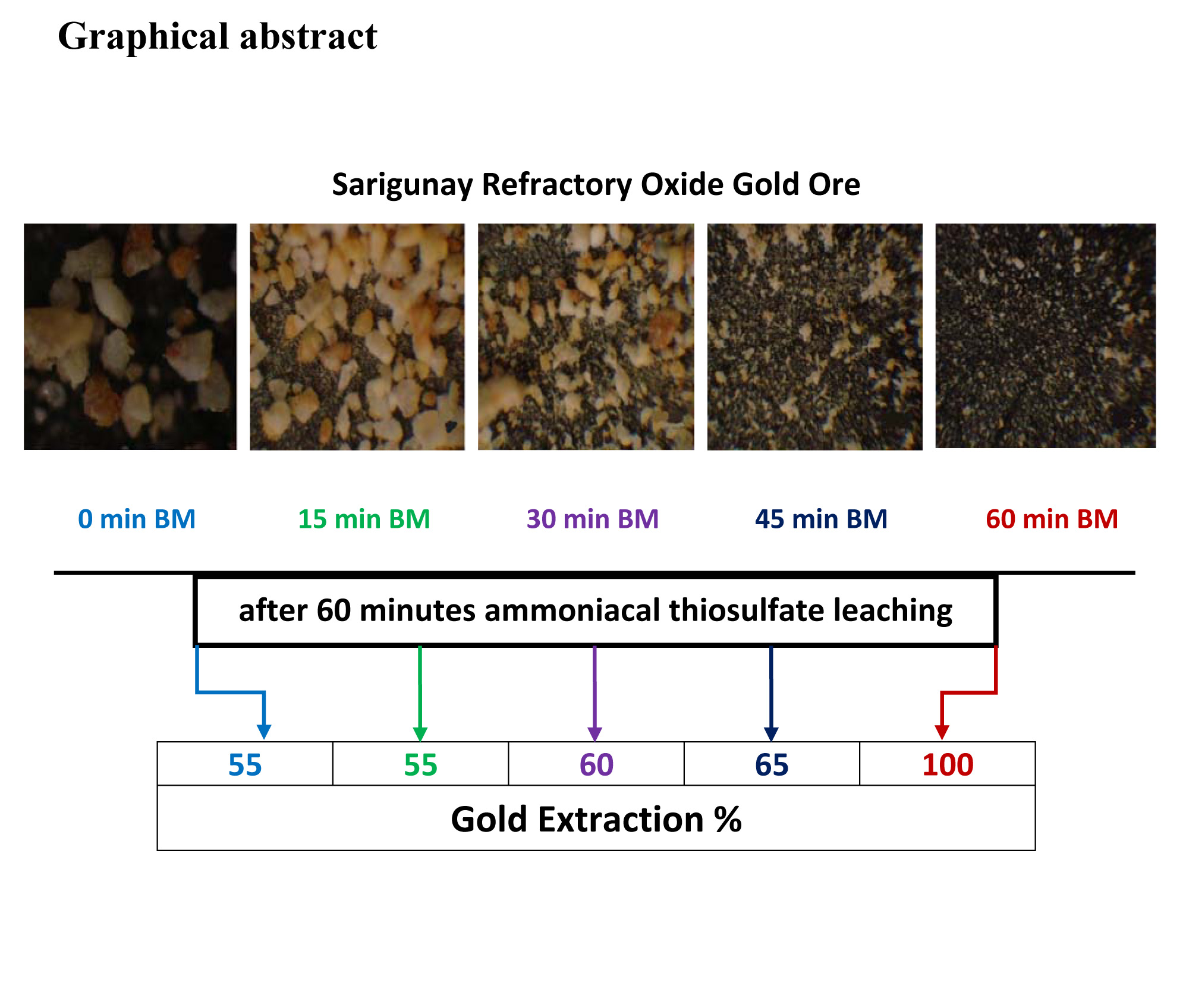Mon, Jan 13, 2025
[Archive]
Volume 16, Issue 2 (June 2019)
IJMSE 2019, 16(2): 68-78 |
Back to browse issues page
Download citation:
BibTeX | RIS | EndNote | Medlars | ProCite | Reference Manager | RefWorks
Send citation to:



BibTeX | RIS | EndNote | Medlars | ProCite | Reference Manager | RefWorks
Send citation to:
Mohammadi E, Pourabdoli M. Effect of Mechanical Activation on the Kinetics of Ammoniacal Thiosulfate Leaching of a Refractory Oxide Gold Ore. IJMSE 2019; 16 (2) :68-78
URL: http://ijmse.iust.ac.ir/article-1-1172-en.html
URL: http://ijmse.iust.ac.ir/article-1-1172-en.html
Abstract: (19761 Views)
The effect of mechanical activation on the kinetics of ammoniacal thiosulfate leaching of a refractory oxide gold ore containing 2.8 ppm Au was investigated. The gold extraction of 99.81% was achieved by 16 h leaching of a sample mechanically activated for 60 minutes. The gold extraction observed for a similar reference sample without mechanical activation was only 55%. Studies revealed that leaching progresses at two different rates depending on the leaching time (0-2 h and 2-16 h). It was observed that diffusion through an ash layer as a dominant mechanism controls the leaching of samples mechanically activated up to 45 minutes during total leaching time, while reaction control and liquid film diffusion are dominant mechanisms for leaching of a sample mechanically activated for 60 minutes during 0-2 h and 2-16 h, respectively. The extraction observed during the ash diffusion step depends significantly upon mechanical activation time. Mechanical activation of 60 minutes results in high gold extraction in this step which when combined with subsequent chemical reaction gives close to 100% gold extraction in a 16 hour leach. Mechanical activation for up to 45 minutes leads to a modest improvement in overall gold extraction compared with the reference test without mechanical activation
Type of Study: Research Paper |
Subject:
Ceramics
Send email to the article author
| Rights and permissions | |
 |
This work is licensed under a Creative Commons Attribution-NonCommercial 4.0 International License. |







